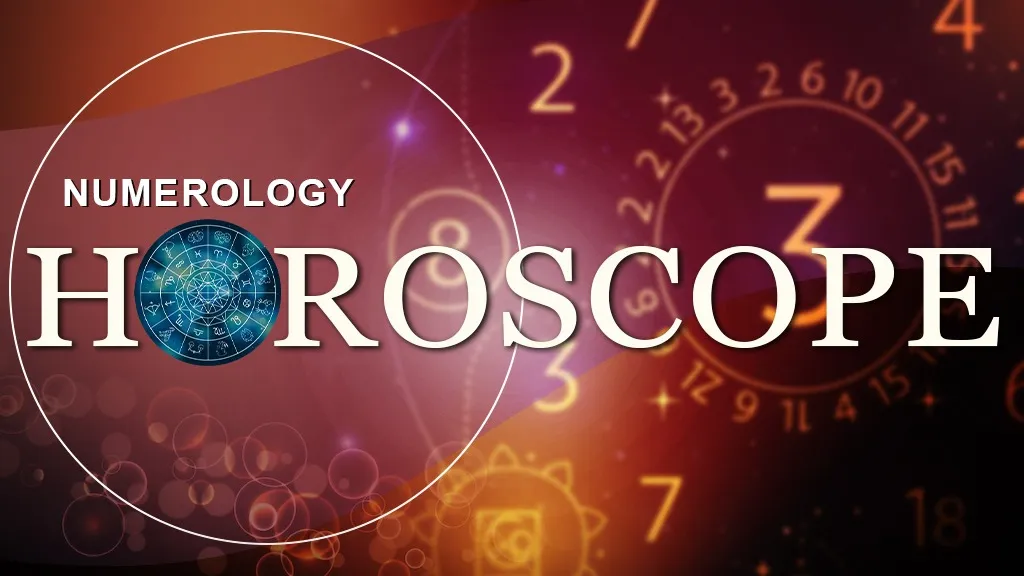

India, a country where marriage is deeply rooted in tradition and culture, is witnessing a gradual yet significant shift in the landscape of divorce. While the crude divorce rate in India for 2024 remains low at 0.01 per 1,000 people, signifying that less than one in 1,000 marriages end in divorce, the upward trend is undeniable. This translates to 1.36 million people in India who are divorced, representing 0.24% of the married population and 0.11% of the total population. Interestingly, the number of people separated is almost three times the number of people divorced, highlighting a growing trend of marital separation. This shift in marital dynamics calls for a closer examination of the factors contributing to this trend and its implications for Indian society. In contrast to India's low divorce rate, the United States has a crude divorce rate of 2.7 per 1,000 population, highlighting the diverse patterns of divorce across the globe.
Divorce rates in India paint a diverse picture, with significant variations observed across different states. These variations are influenced by a multitude of factors, including the level of urbanization, economic conditions, cultural norms, and religious beliefs prevalent in each region.
Recent statistics reveal a notable disparity in divorce rates across Indian states. Maharashtra emerges as the state with the highest divorce rate at 18.7%, followed by Karnataka at 11.7%. Delhi, Tamil Nadu, and Telangana also report considerable divorce rates, with 7.7%, 7.1%, and 6.7% respectively.
On the other end of the spectrum, Kerala has the lowest divorce rate at 6.3%. Interestingly, northern states like Uttar Pradesh, Bihar, Haryana, and Rajasthan, known for their deeply patriarchal societies, exhibit much lower divorce and separation rates. This suggests that patriarchal norms, which often emphasize female dependence on men and discourage divorce due to social stigma, may play a role in suppressing divorce rates in these regions.
Divorce rates in Northeast India present a contrasting picture, with these states reporting relatively higher rates compared to other parts of the country. Mizoram, in particular, has the highest divorce rate at 4.08%.
While some sources indicate Maharashtra as having the highest divorce rate, others suggest that Gujarat has the highest number of divorce cases among larger states (those with a population exceeding 10 million). This discrepancy underscores the need for more comprehensive and reliable data collection on divorce statistics in India.
An international study of divorce rates across 71 countries revealed a range from a low of 0.04% in Georgia to a high of 0.46% in Belarus. Interestingly, Gujarat's divorce rate surpasses that of Belarus, while Bihar's is closer to that of Georgia, indicating a "striking level of regional diversity" in divorce rates within India.
To better illustrate the variations in divorce rates, the following tables present the top five and bottom five states:
Top 5 States with highest divorce rates:
Maharastra, Karnataka, Delhi, Tamil Nadu, Telangana
Bottom 5 States with lowest divorce rates:
West Bengal, Uttar Pradesh, Gujarat, Bihar, Kerala
The rising divorce rates in India are a multifaceted phenomenon, stemming from a confluence of social, economic, cultural, and legal factors. These factors, often intertwined, contribute to the changing dynamics of marriage and individual attitudes towards divorce.
Changing societal norms and influence of western culture and social media
Traditional views that perceive marriage as an unbreakable bond are gradually being challenged. Younger generations, influenced by increasing exposure to Western lifestyles and values through media and social media, are prioritizing individual happiness and personal fulfillment over the societal pressure to remain in an unhappy marriage. This shift in perspective is accompanied by a growing acceptance of divorce and a reduction in the social stigma associated with it.
Social media, while connecting people globally, also plays a role in shaping marital relationships and exposing individuals to diverse perspectives on marriage and divorce. It can create unrealistic expectations and provide avenues for infidelity, potentially contributing to marital discord.
Women's empowerment
One of the most significant factors contributing to the increase in divorce rates is the empowerment of women. Improved access to education and employment opportunities has led to greater financial independence and autonomy for women, enabling them to make choices that prioritize their well-being. Women are less likely to endure abusive or unsatisfying marriages and are more willing to seek divorce as a means of escaping such situations and pursuing a better life.
Social and Cultural trends
Beyond individual empowerment, broader social and cultural trends are also influencing divorce rates. The traditional joint family system, which once provided a strong support network for married couples, is declining in India. The rise of nuclear families places greater responsibility on couples to navigate marital challenges without the support of extended family, potentially increasing the strain on relationships.
Furthermore, there is a notable shift in gender roles within marriages. Traditionally, Indian society adhered to predefined gender roles, with women primarily responsible for domestic duties. However, with increased education and economic opportunities, women are challenging these roles, leading to changes in marital dynamics and expectations. This shift can contribute to friction and ultimately lead to divorce if not managed effectively.
Research also highlights a correlation between positive gender indicators, such as improved female literacy rates and a less skewed sex ratio, and lower divorce rates. This suggests that empowering women through education and social equality can contribute to greater stability in marriages.
However, in some states with strong patriarchal norms, a higher rate of divorce is observed among Muslim women, potentially due to the husband's unilateral right to divorce under Islamic law. This highlights the complex interplay between gender roles, religious practices, and divorce rates in India.
Economic factors and lifestyle changes
Economic stability and financial independence play a crucial role in marital decisions. Financial disparities or disputes within a marriage can contribute to stress and conflict, potentially leading to divorce. In addition to financial concerns, factors such as erratic work schedules, substance abuse (alcohol and smoking), and mental health issues like depression can also strain relationships and contribute to marital breakdown.
Rapid urbanization has brought about significant changes in lifestyle, values, and aspirations, influencing marital dynamics. Urban areas, with greater exposure to Western lifestyles and increased individualism, tend to have higher divorce rates compared to rural areas. The fast-paced urban lifestyle can also lead to increased stress and reduced time for communication and intimacy, further contributing to marital problems.
Interpersonal dynamics
Beyond external factors, the internal dynamics within a marriage play a critical role in its success or failure. Communication breakdowns, incompatibility, unmet expectations, and infidelity are significant contributors to marital discord and divorce. Lack of communication and emotional disconnect can erode the foundation of a marriage, leading to irreconcilable differences. Additionally, professional rivalry between spouses can create tension and conflict within the relationship, potentially leading to divorce.
In 2024, a significant legal development emerged in the form of a Supreme Court judgment on July 8th, which introduced a "legal shortcut" for faster divorce resolutions. This judgment involves the application of Section 9 (Restitution of Conjugal Rights) and Section 13(1A)(2) of the Hindu Marriage Act, 1955.
According to this judgment, if a spouse fails to comply with a Section 9 order for over a year, the deserted spouse can file for divorce under Section 13(1A)(2) without having to prove traditional grounds like cruelty or adultery. This provision offers a faster pathway to divorce for those trapped in long, unresolved marital disputes.
This legal development, along with other reforms that have simplified the divorce process, such as provisions for mutual consent divorce, reflects a growing recognition of the need for more accessible and less adversarial divorce proceedings in India.
Several court cases in 2024 shed light on evolving interpretations of divorce law and its application in diverse situations. Here are a few key cases:
These cases, along with others heard in various courts across India, contribute to the ongoing evolution of divorce law and its application in a rapidly changing society.
The increasing divorce rate in India is a complex phenomenon driven by a confluence of social, economic, cultural, and legal factors. While divorce was once a taboo subject shrouded in social stigma, it is now increasingly viewed as an acceptable solution for individuals seeking to end unhappy or unhealthy marriages. This changing landscape of divorce reflects broader societal transformations, including evolving attitudes towards marriage, individual autonomy, and personal well-being.
The trend of rising divorce rates in India aligns with global patterns. The average crude divorce rate worldwide is estimated to be around 1.8 per 1,000 people. Factors such as religion, local divorce laws, and societal norms influence a country's divorce rate. Notably, there is an increasing trend of "gray divorce" among people aged 50-75, indicating that divorce is no longer confined to younger generations.
As India continues to modernize and urbanize, divorce rates are likely to rise further, necessitating a deeper understanding of the underlying causes and implications of this trend. This includes addressing the challenges associated with rising divorce rates, such as promoting pre-marital counseling, strengthening family support systems, and addressing gender inequalities. Legal reforms and evolving interpretations of divorce law, as seen in recent court judgments, also play a crucial role in shaping the future of divorce in India.